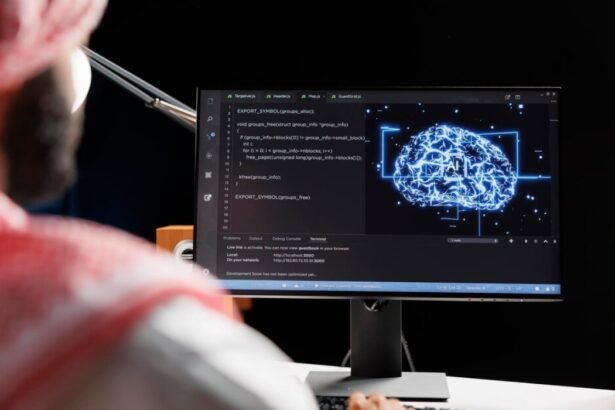In the complex and fast-evolving world of artificial intelligence (AI), embracing failure is not just a suggestion—it’s a necessity. As counterintuitive as it may sound, the pathway to success in AI often winds through the rocky terrain of trial and error. This blog delves into the pivotal role that failure plays in the AI integration process and how it can catalyze breakthroughs that drive meaningful innovation.
The Crucial Role of Failure in AI
AI projects inherently involve a high degree of uncertainty. From data anomalies and algorithmic unpredictability to integration challenges, each AI initiative presents a unique set of hurdles. Unlike traditional IT projects, where paths may be well-defined and outcomes relatively predictable, AI requires a willingness to venture into the unknown.
Embracing the Learning Curve
AI is fundamentally about learning from data. This process does not unfold in a linear, fail-proof manner. Instead, it requires iteration, with each cycle offering potential for errors and insights. Failure, in this context, helps refine the intelligence of the system. It reveals weaknesses in the data, flaws in model assumptions, and gaps in the analytical approach, all of which are critical for the maturation of the AI system.
Cultivating an Innovation-Driven Culture
The integration of AI into business processes demands more than just technical adjustments; it requires a cultural transformation towards embracing risk and valuing learning over perfection. Companies renowned for their innovative prowess, like Amazon and Google, promote a fail-fast ethos. This approach accelerates discovery and reduces the time it takes to find viable solutions.
Key Aspects of a Failure-Friendly Culture:
- Encouragement of experimentation: Employees should feel empowered to test new ideas and accept the outcomes of these experiments, regardless of their success.
- Transparency in processes: Sharing what went wrong and why helps build knowledge and prevents future repetition of the same mistakes.
- Recognition of constructive failures: Not all failures are detrimental. Recognizing efforts that provide valuable insights can reinforce a positive approach to experimentation.
Learning from AI Mishaps: Real-World Examples
IBM Watson Health’s Overreach: IBM’s Watson promised to revolutionize cancer diagnosis and treatment. However, the project struggled to meet expectations, grappling with the complexity and variability of real-world medical data. This experience highlighted the technological and ethical challenges in applying AI to healthcare, underscoring the importance of setting realistic goals and maintaining transparency in capabilities.
Microsoft’s Tay Experiment: Microsoft’s AI chatbot, Tay, became infamously problematic due to its learning algorithm, which picked up inappropriate language from user interactions. This failure demonstrated the risks of unchecked machine learning and emphasized the need for robust safeguards to prevent data manipulation.
Strategic Steps for Integrating Failure into AI Initiatives
Successfully integrating failure into AI strategies involves several strategic and operational shifts:
- Implement rigorous testing and validation protocols: Simulating various operational scenarios can help identify potential failures in a controlled environment, allowing for preemptive adjustments.
- Promote continuous learning: AI systems should be designed to adapt and improve continuously from new data and past failures.
- Prioritize ethics and risk assessment: It’s crucial to evaluate the ethical implications and potential risks of AI applications, especially in sensitive sectors.
Conclusion
Failure is a powerful tool for growth in the AI domain. Organizations that learn to harness the instructive power of failure—analyzing it, learning from it, and quickly adapting—can significantly enhance their AI capabilities. Embracing failure not only fosters innovation but also propels organisations towards more resilient and intelligent AI applications. As we advance, redefining our relationship with failure could be the key to unlocking the transformative potential of artificial intelligence.






